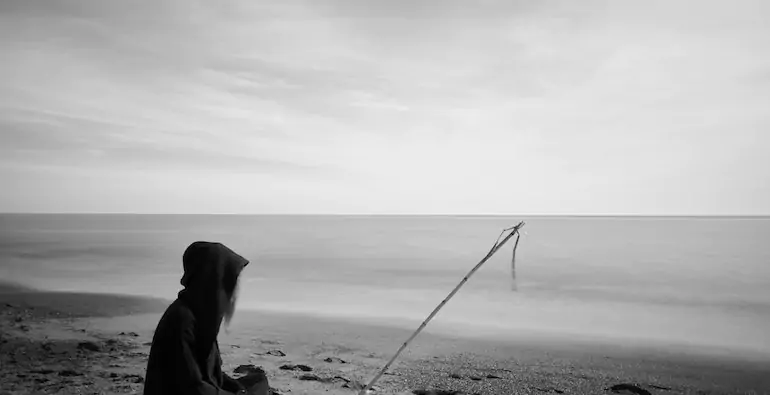Art has a remarkable ability to touch our souls, evoke emotions, and communicate on a profound level that words often fail to capture. It serves as a window to the soul, offering a glimpse into the innermost thoughts, feelings, and experiences of both the artist and the viewer. In this article, we delve into the emotional power of art, exploring how it connects us to our own emotions and allows us to empathize with the human experience.
From the earliest cave paintings to contemporary masterpieces, art has been a means of expression and communication. It transcends language barriers and cultural differences, offering a universal language of emotions that speaks directly to the heart. Artist’s channel their innermost thoughts and emotions onto a canvas, sculpture, or any other medium, creating a tangible representation of their inner world.
For the artist, the act of creation becomes a cathartic process—a release of emotions and a way to make sense of the complexities of life. Through their art, artists can express joy, sorrow, love, anger, and everything in between. They have the freedom to explore the depths of their souls and manifest their innermost struggles and triumphs.
For the viewer, encountering art becomes a deeply personal experience. Art has the ability to elicit an emotional response—a surge of joy, a pang of sadness, a feeling of nostalgia, or a sense of awe. It awakens something within us, triggering memories, sparking introspection, and allowing us to connect with our own emotions. It serves as a mirror, reflecting back to us aspects of ourselves that we may have overlooked or suppressed.
Art also bridges the gap between individual experiences, fostering empathy and understanding. When we view a painting, listen to a piece of music, or witness a performance, we enter into a dialogue with the artist—a silent conversation in which we seek to understand their perspective and share in their emotional journey. In this exchange, we find common ground, discovering that the emotions and struggles depicted in art resonate with our own lived experiences.
The emotional power of art extends beyond the boundaries of the gallery or the museum. Art has the capacity to ignite social change, challenge norms, and address pressing issues. It has been at the forefront of social and political movements, shining a light on injustice, inequality, and the human condition. Art has the power to evoke empathy and stir collective action, uniting individuals in a shared vision of a better world.
Art also serves as a means of self-discovery and personal growth. Engaging with art invites us to explore our own emotional landscapes, encouraging introspection and reflection. It prompts us to ask ourselves questions about our values, beliefs, and experiences. Through art, we can confront our fears, confront our vulnerabilities, and embrace our authentic selves.
In a fast-paced and often disconnected world, art provides a sanctuary—a space for contemplation, introspection, and emotional connection. It reminds us of our shared humanity, offering solace and comfort in times of distress. It celebrates the beauty and complexity of life, reminding us to embrace the full range of our emotions and to appreciate the diversity of human experiences.
Wrapping Up
So, the next time you find yourself standing in front of a painting, listening to a song, or witnessing a performance, allow yourself to be fully present in the moment. Open yourself up to the emotional journey that art invites you to embark upon. Let it touch your soul, awaken your senses, and ignite your imagination. Embrace the transformative power of art and allow it to be your window to the soul—the window through which you explore and understand your own emotions and connect with the shared experiences of humanity.

